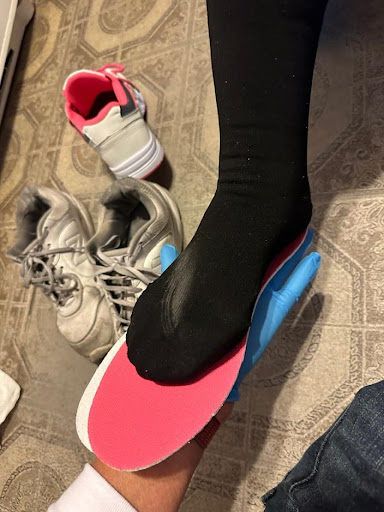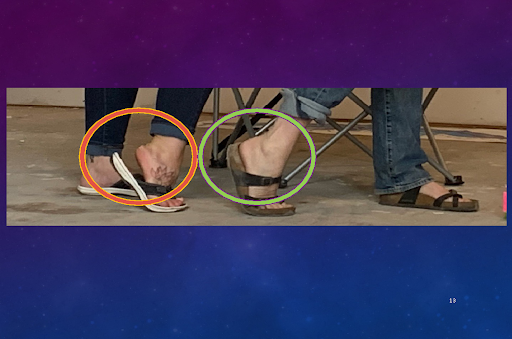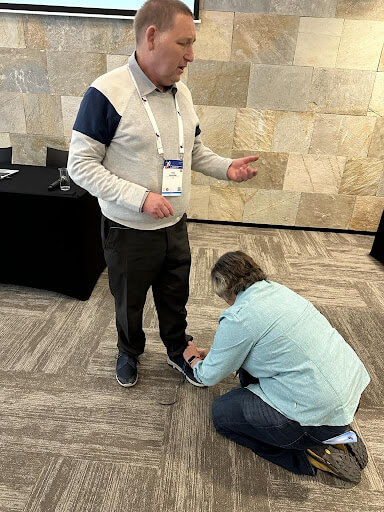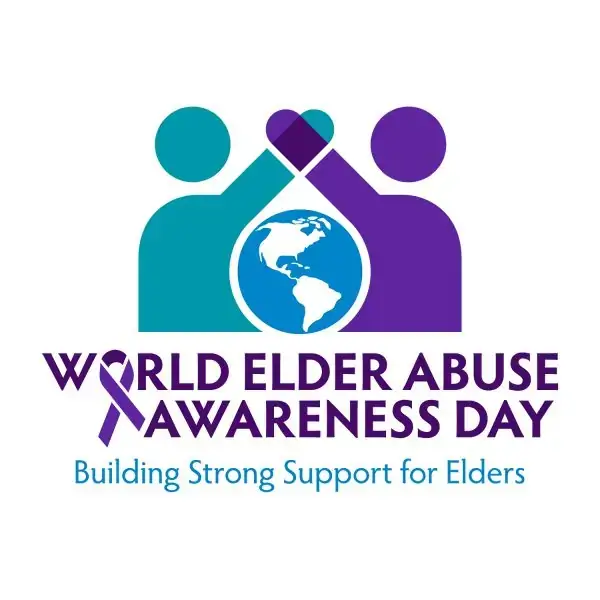Pain, Wounds, and Falls Are Avoidable With a Little Care
Unruly nails and sore, stiff feet often contribute to pain, lack of balance, and falls. This is avoidable with care of feet. I am the founder of FootCare by Nurses, a skilled nursing agency based in Greenfield, Massachusetts, that specializes in care of feet. I and my team of 32 nurses cover all of Western Massachusetts, providing home and clinic visits to restore and maintain foot dignity and function, and preventing wounds and falls from happening because of foot-related issues.
What our nurses will tell you is that most people don’t know much about feet, and simple actions can make a world of difference. Like tires and wheels on a car, feet are the foundation for all mobility activities. Cars don’t run well with flat tires; it is the same with people when feet don’t function well. Summer plans often require different shoes and activities, and like cars, feet benefit from good care. A new coat of pink nail polish and a quick trim may be the norm, but a real foot tune up and the application of knowledge about fitting a shoe could make a huge positive impact this summer.
Tips and Tricks From FootCare by Nurses
Tip #1: Unruly, thick nails can be brought back to normalcy, which reduces pain and restores dignity and function. Toenails play a role in foot health; they protect nerves used for proprioception and help with peripheral blood flow. Pathological (fungal) and thick toenails are not normal but can be shaped and brought back to health. Nail length ought to be no further than the tip of the toes and fingernail thickness. Older toenails can do some interesting things. A lot of avoidable shame can live inside a shoe. FootCare by Nurses uses high-speed rotary tools to kindly and gently bring unruly toenails back to health.
Tip #2: As we age, things change. Keep it simple, use pH-balanced soaps, and try a lightweight oil, like coconut oil, for skin care instead of expensive petroleum/mineral oil-based lotions. Skin on feet and legs should be pain free and intact. Redness, chafing, pain, swelling, peeling, cracking, callusing, and corns are not normal. Beware of skin creams that try to save the world. That’s marketing hype. Just because something says “recommended for diabetics or dry skin” doesn’t mean it’s good for your particular skin.
Tip #3: Make sure the pattern of your shoe fits the pattern of your foot. The secret to comfort is to make sure your foot pattern fits the shoe pattern and to avoid toe gripping. To check the fit, take the insert out. With the heel matched to the heel, does the shape of your foot match the shape of the insert and is there enough room for feet and toes to not be constrained? If you cannot take the insert out, draw the outline of your foot on a piece of paper and cut the pattern out. Insert the paper pattern into the shoe. How does the pattern line up?

Tip #4: Secure the heel. When you put your shoes on, raise your toes and tap the heel of your foot into the heel of your shoe—then secure the shoe. If you prefer slide-on shoes, you might need a tongue pad. Feet can only do one of two things during locomotion: either function for weight and balance or hold shoes on. When feet are used to hold shoes on, toes curl. This toe-gripping action undermines the ability to balance and feel, and creates tension throughout the body, which restricts blood and lymph flow. Walking is safer and more comfortable without toe gripping.

To avoid toe gripping, secure the heel in the shoe. According to mathematician Burkard Polster, there are 46,000 ways to lace a pair of 12 eyelet shoes (the traditional sneaker). But how do you know you have it right? Whether you’re wearing sandals, sneakers, or slip-ons, the heel should be secured in the back of the shoe and not lifted. The shoe ought to feel secured to your foot, not too tight or constricted; toes wiggly and free; and no toe gripping or slippage should occur when walking.
Tip #5: Tighten laces in the midfoot. This allows the heel to be secured to the back of the shoe without constricting the toes or flopping around at the ankle. Aching knees, hips, sore feet and backs, and even falls are often blamed on old age but can be the result of stiff feet and ankles caused by toe gripping onto shoes not properly secured. A stiff ankle creates a stiff hip, which is both painful and a fall waiting to happen.
Tip #6: Many sandal straps are designed in the wrong place. Purchase sandals that secure the heel. Curious about how your feet are working? Just look at the inserts in your shoes—where are the toe prints? Are they at the end of the insert? If so, you are toe gripping. The slippage in your shoe is also what causes the calluses, corns, and blisters. If the shoe is not securely attached when the heel lifts, the shoe flaps away from the heel and the foot slides in the shoe.
If you desire pain-free feet and need some personalized care, or you can’t take care of your feet yourself, there are options. People know a podiatrist as a medical provider for feet and nail salons for aesthetics, but for home visits and a different approach to wellness, you might consider reaching out to FootCare by Nurses at 413-367-8369. Our mission is prevention, and our passion is caring. We are often available through a case manager referral or as private pay. Some insurance companies do reimburse, but not all.






